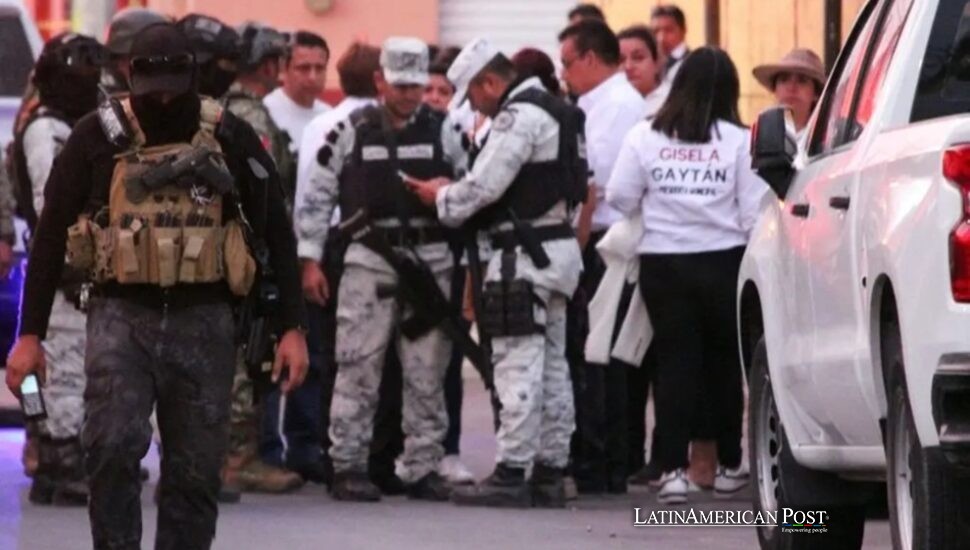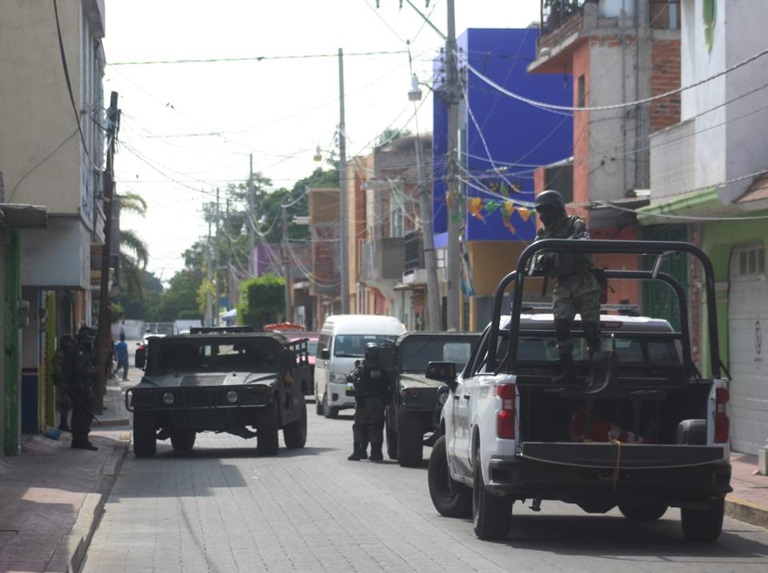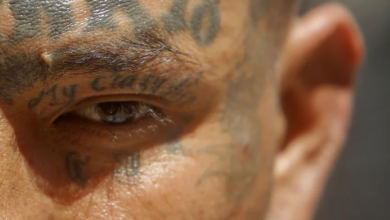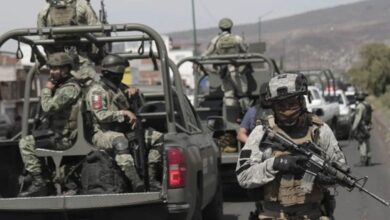In Celaya, Mexico, a Mayor Fired Half the Police—But the Cartel War Rages On

As reported by The Los Angeles Times, after cartel gunmen executed a mayoral candidate in broad daylight, Celaya’s new mayor responded by firing more than half the city’s police force. Yet even with soldiers patrolling the streets, violence persists—and the deeper fight may be for public trust, not just control of turf.
A Campaign Cut Short by a Bullet
Gisela Gaytán was wearing body armor when she stepped onto the campaign trail in Celaya. It wasn’t for show. The city’s **homicide rate—87 per 100,000—**was among the highest in Mexico, and Gaytán, a 38-year-old lawyer, knew the risks.
She greeted supporters in neighborhoods where cartel killings had become so common that residents stopped reporting them. Then, one afternoon, as she extended her hand to a man at the edge of a dirt road, he drew a pistol and shot her in the head.
The execution sent shockwaves far beyond the Guanajuato state. A priest, speaking at her funeral, put it plainly: “A death caused by murderers who believe they control society.”
Gaytán’s political party, Morena, scrambled to find a replacement. They chose Juan Miguel Ramírez Sánchez, a soft-spoken academic who had advised her campaign—and whose own family had already tasted the city’s rot. His son-in-law’s murder had gone unsolved. When police asked for a bribe to “help” move the case forward, Ramírez realized something chilling: the people in uniform were no better than the killers.
When he won the election, he didn’t hesitate.
Slashing a Force That Had Stopped Protecting
On his first day as mayor, Ramírez fired 340 of the city’s 600 police officers. The decision was radical, even by Mexican standards. But to him, it was necessary. “We weren’t firing cops,” he told reporters. “We were firing cartel foot soldiers in uniform.“
Celaya has been ravaged for years by a turf war between the Santa Rosa de Lima cartel and the Jalisco New Generation Cartel, two criminal armies that hijack fuel lines, rob trains, and shoot out entire neighborhoods. With police salaries as low as $900 a month, many officers took bribes just to survive—or out of fear.
Federal surveys show nine out of ten Mexicans distrust the police. And in 2024, a Celaya officer was 400 times more likely to be murdered than a cop in the U.S.
Previous mayors had tried to clean house, but short terms and shoestring budgets made reforms easy to promise and impossible to deliver. Ramírez’s move was the most aggressive yet—and it left the city more exposed than ever.
Filling the Void with Camouflage and Convoys
Outnumbered and outgunned, Ramírez turned to a familiar solution: militarize.
Celaya welcomed 500 National Guard troops and two senior colonels, Pablo Muñoz Huitrón and Bernardo Cajero, to take control of security. They rolled into city hall in armored vehicles, rifles ready. One of their first observations? “People hate the police,” said Cajero, who traded fatigues for a blue uniform to help rebuild the force’s image.
Their strategy pairs every officer with a soldier. The idea: camaraderie builds accountability. Checkpoints choke key roads. The hope is that the presence of uniforms deters crime and corruption alike.
There are signs of progress. City officials say murders dropped from 257 to 158 in the first half of 2024. But blood still stains the streets. On one patrol, Cajero came upon a flipped taxi. The driver had been shot. His 12-year-old daughter was still screaming in the back seat.
Even the army isn’t immune. Eleven National Guard soldiers were caught siphoning stolen fuel—the same racket cartels run. Locals, battered by hotel shootings, funeral ambushes, and grenade attacks on bars, welcome the military presence. But they do so with exhausted eyes, knowing this is not a cure, just a crutch.

EFE
Can a Broken System Rebuild Itself?
Down the road, a battered police academy struggles to train replacements. There’s no money for live ammunition. Recruits rappel down cracked walls. The newest cadet class is tiny.
José Francisco Hernández, 29, signed up after his older brother—a fruit vendor—was murdered in broad daylight. He wants to protect others from the same fate. But when asked if he’s been trained on how to resist cartel bribes, he laughs. “We’re told not to take them,” he said. “But they don’t tell us how.”
Mayor Ramírez points to cadets like Hernández as proof that the city can rebuild its force from the ground up. But with only twenty new officers graduating each month, the numbers don’t add up. The town now advertises police openings to ex-soldiers. It’s a sign of desperation as much as strategy.
Human-rights lawyer Estefanía Vela warns that militarization, though necessary now, cannot become permanent. “The army is trained to fight wars, not investigate murders,” she told reporters. “Eventually, they’ll leave. What will be left?”
Even Colonel Muñoz, one of the city’s current commanders, admits the military’s presence is a temporary fix. “It’s needed today,” he said. “Tomorrow? Who knows?”
In Celaya, tomorrow remains an open question. A city where ballots and bullets now coexist, where body armor is part of the wardrobe, and where one woman’s murder became a mirror reflecting a country’s failure to protect its own.
Also Read: Fear Shuts Doors on Atlanta’s Latin Corridor, but Buford Highway Refuses to Disappear
Gisela Gaytán’s bloodstained vest still hangs in city hall, a reminder that security cannot come from fear alone. It has to be rebuilt—officer by officer, street by street—until trust can walk the same roads where terror once ruled. Whether that’s possible in Celaya, or Mexico as a whole, is still uncertain. But the cost of not trying is written in the silence left by sirens.




